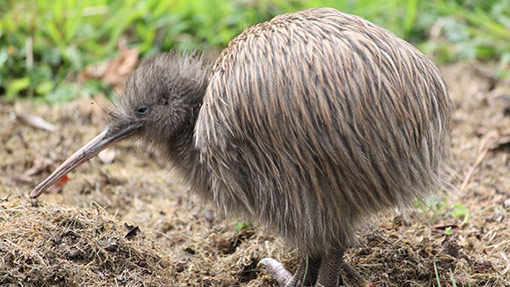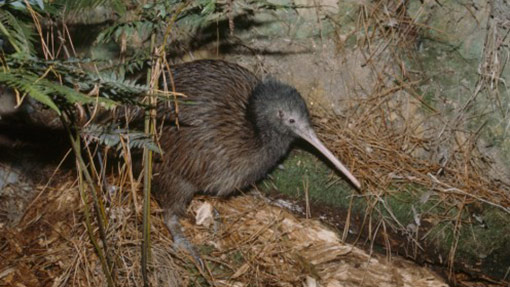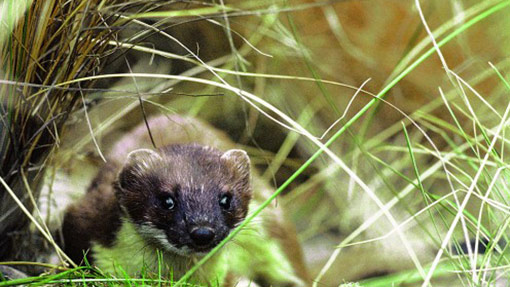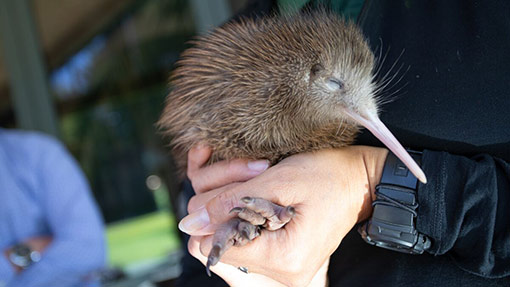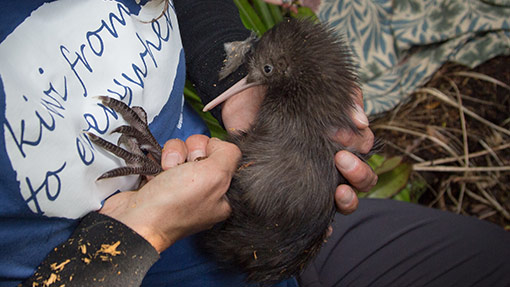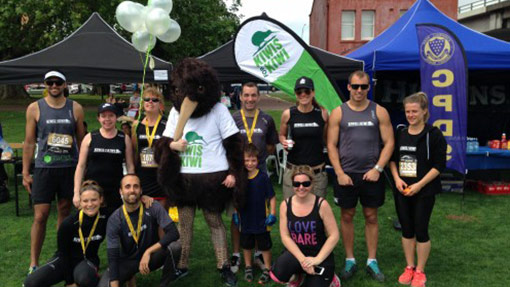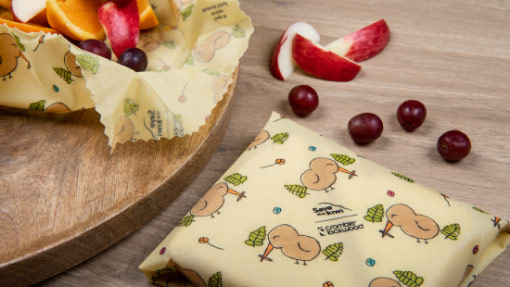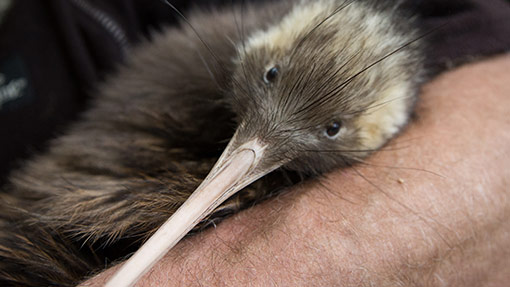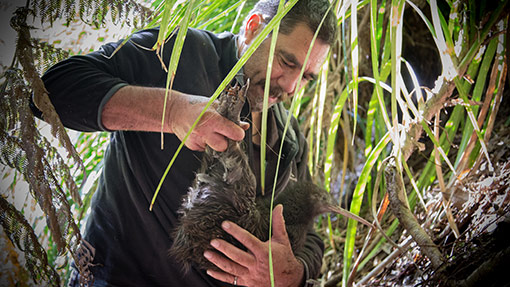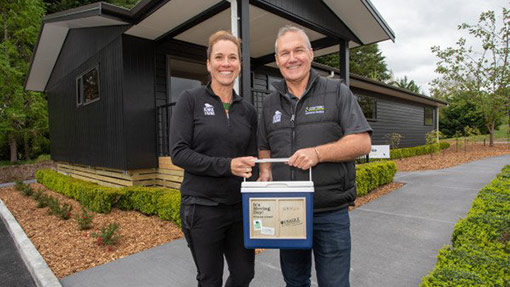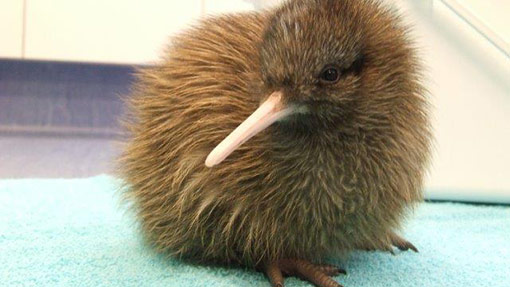Kia ora team,
There is always much to discuss around the trap line. This month, I want to discuss what I call the ‘trap and hope’ epidemic.
Everywhere we are working in the predator control front, we are increasing the hectares under control and the species targeted. I have talked at length on the ‘quality not just quantity’ mindset so I won’t bore you with that again. What I do want to talk to you about, though, is very similar.
What I am frequently seeing out in the field is people counting dead bodies as their measure of success. That can be dangerous territory. The key question we must always ask ourselves – and keep asking ourselves – is: How do I know that what I am doing is delivering the results I need?
I like to say, “the ones I catch are yesterday’s news, but the ones I miss are the ones that can still bite something I hold special”.
So, what are the risks of ‘trap and hope’?
- You don’t remove enough predators and continue to lose precious taonga species at a rate that they can’t repopulate themselves to stop the decline.
- You leave a residual population of predators to breed and repopulate their numbers within your project more quickly.
- You miss individuals that have learned to avoid your control method of choice.
- Those individuals teach new recruits to do the same.
- You potentially select through survival and breeding for a more averse and wary population of predators.
- You use traps or methods that do not deliver the results promised, expected or hoped for.
- Finally, and this is a phrase that can be added to each of these, YOU DON’T KNOW THAT ANY OF THIS IS HAPPENING.

I sometimes worry that we are not evolving fast enough with our hunting methods to keep up with the rate that predators in our projects are evolving. Some key lessons I have learned over the years are:
- It’s not what you remove that counts, it’s what you leave behind.
- Don’t trap and hope, trap and test … and know!
- If we target the smart ones, the dumb come easy.
- Predators are individuals, and they are certainly NOT all created equally. They are individuals just as we are individuals, and as well as the environmental variances that influence their behaviours, so will their individual personalities and circumstances.
- Ask any old-school fur trapper anywhere in the world about point 4 and they are all convinced of this. I call that a very big data set.
- Trapping should always be about the animal. We should be working around them.
- I have never yet removed enough predators of a species in a project with only one method and lure. I always vary what I do and ‘move the goal posts’ to catch and remove more.
- Traps will always deliver different results in different areas. Make sure that what you are thinking of using will deliver the desired results in your own whenua.
- Test it for yourselves.
- There are very few actual ‘experts’ in this field: People who have learned through constant doing, trialling and testing. Following the same process for a period of time does not an expert make.
- Some of the best minds in this business are community trappers. It’s all about mindset and attitude, then learning.
So how do we know if we are getting the results we want? One word. Monitoring.
This is one word, but it’s a very big subject. There are many types of monitoring. Essentially most monitoring fits in to two categories.
- Result monitoring: The abundance of your target predator species in response to your control method (pre- and post-).
- Outcome monitoring: The response of your targeted taonga species to your predator control method and regime.
I want to touch on result monitoring because this is what we most often use to test pre- and post- control predator abundance. Ultimately though, if our control method delivers the hoped-for increase in protected species, that is a success, and outcome monitoring becomes very important.
If we are getting the gains we need, we are doing enough. But the more predators we remove, the slower they will also often return, so back we go to result monitoring.
There are some very good methods that are nationally aligned to test this for rats and possums in particular, but what about apex predators (like mustelids and cats)?
Being Save the Kiwi, the species that we are often targeting are mustelids, stoats and ferrets in particular. When it comes to stoats, there are national protocols to measure them using tracking tunnels. I will stick my neck out here and say that I have minimal faith that we can measure stoats with this method well enough to know what is happening in our projects. In short, I don’t think it is sensitive enough. Others may well disagree, but I could count on one hand the amount of stoat tracking I have observed over a lot of stoat monitors. If we need a low mustelid abundance to be successful, then we need a monitor method sensitive enough to measure that.
There is good news though. Enter trail cameras. Trail cameras have been around for some time, but it’s only recently that we have discussed them nationally in more depth and considered them as a monitoring tool. I have personally developed my own trail camera monitoring protocols and methods for projects that I work with. The results have been startling in some cases, with more predators showing up within heavily controlled country than we thought would be there.
Is that bad news? Yes, in a way, but it’s all about what you do with the information you get. For me it has shown that so often we need to do more and ‘change it up’ to get the results needed – which is what we have done. Changing what you do on the trap line based on the knowledge you have gained – for a better result. And it would have been so easy to simply keep doing what we’d always done and assume that it was giving us what we wanted.
In several projects we have then moved beyond just the index of abundance monitors and into using cameras to log presence-absence. Then when a predator shows up in our project, we hunt it down. That is when it gets really personal. It also captures hearts and minds, makes it more interesting and teaches people to be predator hunters, not just trappers.
That is what it’s all about, team. Winning! And cameras help us do that better and more often. There are ways to use cameras that will make them so much more sensitive and successful and your monitor alongside it.
So, think about how you use cameras. For me they are the most sensitive trap I will ever use, and I learn more from my cameras about what is happening out there than through any other tools combined.
Good hunting and full traps team.
Noho ora mai,
John

